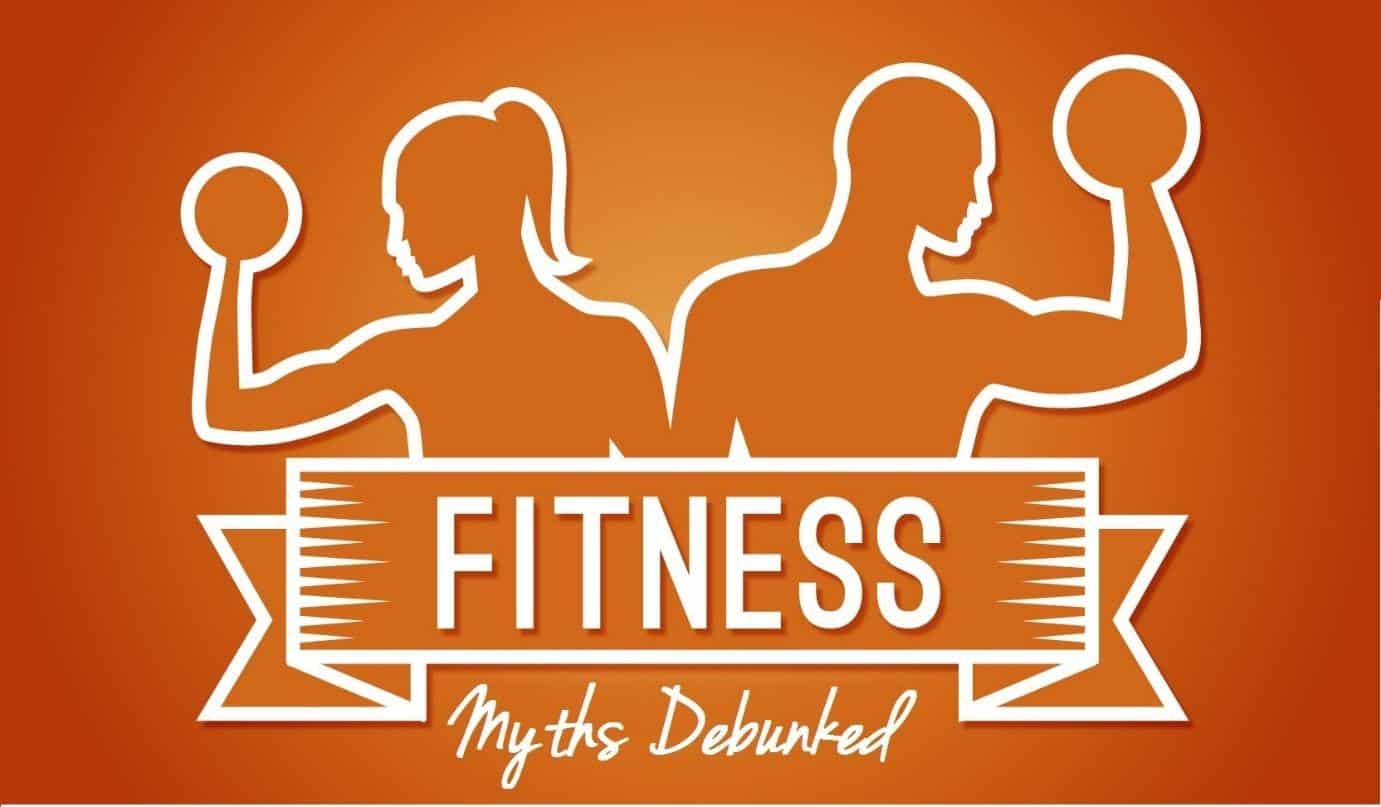Fitness sometimes can appear to be one big jungle of mixed-up advice. And with quite many myths circulating around fitness, one can easily lose his or her way. Let’s dispel the fog and concentrate more on what really does work. We will shatter some common fitness myths and shed light on what the truth really is about having an effective workout.
Myth 1: No Pain, No Gain

Many believe if you’re not sore after a workout, you’re not working hard enough. This is very wrong in fitness. While it is true that a good workout will leave one tired afterward, the soreness is not actually indicative of anything besides soreness. Your muscles adapt over time. They don’t always need to be sore to grow stronger. Consistency and proper form are keys.
Myth 2: Cardio Is the Best Way to Lose Weight
Cardio is often touted as the best method for shedding pounds. However, it’s only part of your answer. Even though cardio makes you burn calories, you can’t do it without strength training. Building muscle boosts your metabolism, helping you burn more calories even when you’re resting. Now, the best way to approach this dilemma is to combine both cardio and strength training.
Myth 3: Spot Reduction Works
One of the common myths about fitness is that it’s possible to lose body fat from some specific part, like the belly or thighs. Spot reduction is not possible. Fat loss will occur in a uniform manner throughout the entire body. In order to lose fat in those problem areas, you have to trim down your body fat overall by a combination of diet and exercise. Building muscle and doing cardio will result in achieving a leaner physique.
Myth 4: You Have to Spend Hours in the Gym
A very common myth is that to get in shape, you have to spend hours working out. Reality check: An intense, short workout can get the job done just as well as a workout lasting an hour. It’s a big part of why HIIT workouts have taken off. It’s efficient and fits into even the busiest schedules. Quality often trumps quantity when it comes to fitness.
Myth 5: You Can’t Build Muscle on a Plant-Based Diet
The idea is that muscle building requires animal products. This may be one of the more archaic fitness myths. Many plant-based athletes will bulk up quite significantly with the proper diet. Key in on as many different sources of protein as possible, including beans, lentils, tofu, and quinoa. With careful planning, a plant-based diet can support muscle growth and overall fitness.
Myth 6: Fitness Supplements Are Necessary

Many fitness enthusiasts believe that supplements are necessary to achieve their goals. While some supplements can support your journey to fitness, they can’t substitute a well-balanced diet. Always prioritize the whole food first, and then use supplements only to fill gaps—do not make them the main source of nutrients.
Myth 7: More Sweat Means More Calories Burned
Sweating does not necessarily correlate with calorie burn. When you sweat, your body is working to cool itself down and is not at all linked to the amount of calories you are burning. So the intensity and the frequency at which you work out matter a lot more than the quantity of sweat. An effective workout is one where you really keep pushing your limits and are ideally demonstrating great form.
Recovery is as important as training. Injuries and burnout are some of the outcomes of doing too much training. It is, therefore, important for your body to get time to recover. A balanced routine that incorporates rest days. Your muscles also require rest time and to be built up for more intensified work. An entire, all-around approach—including rest—will yield better results in the long run.
The Bottom Line
It’s really confusing about all these myths regarding fitness, but certainly what the truth is puts you on the right pathway to success. Just remember that no kind of exercise or diet is a magic solution in itself. It is the answer to consistency and balance, as well as a combination of different workout types. Now, get back to the real deal: strength training, cardio, proper rest, and a balanced diet. Let go of those misconceptions and embrace a fitness routine that is effective and sustainable.



